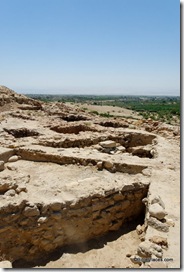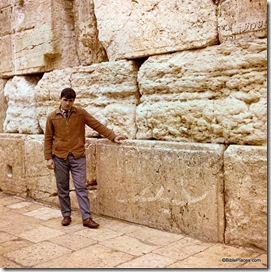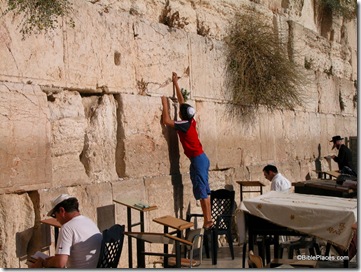The Israel Antiquities Authority has reported the discovery of an ancient marble figurine. The bearded man may be a Roman boxer and is believed to date to approximately A.D. 200.
The figurine was used as a suspended weight together with a balance scale. This is probably the only find of its kind from excavations in the country.
A figurine (bust) made of marble depicting a miniature image of a bearded man’s head was discovered in the excavations that the Israel Antiquities Authority is conducting in the area of the Givati car park in the City of David, in the Walls around Jerusalem National Park.
According to Dr. Doron Ben-Ami and Yana Tchekhanovets, directors of the excavation at the site on behalf of the Israel Antiquities Authority, “The high level of finish on the figurine is extraordinary, while meticulously adhering to the tiniest of details. Its short curly beard, as well as the position of its head which is slightly inclined to the right, are indicative of an obviously Greek influence and show that it should be dated to the time of the emperor Hadrian or shortly thereafter (second-third centuries CE). This is one of the periods when the art of Roman sculpture reached its zenith. The pale yellow shade of the marble alludes to the eastern origin of the raw material from which the image was carved, probably from Asia Minor, although this matter still needs to be checked”.
The rest of the press release is here, and three photos may be downloaded in a zip file. The story is covered by Haaretz and the Associated Press. Reports of previous discoveries in this same excavation may be read here and here and here and here.
HT: Joe Lauer



